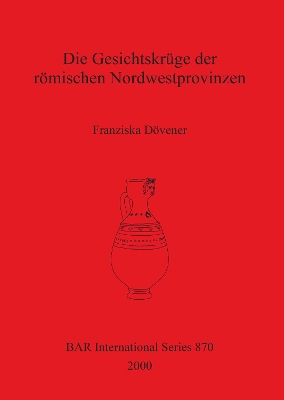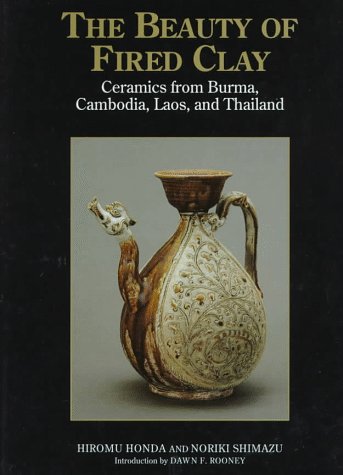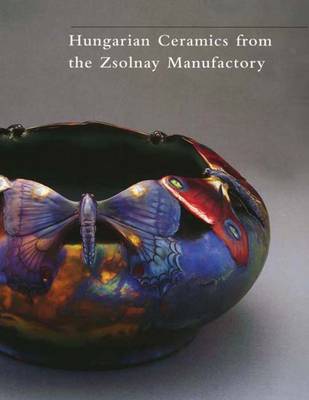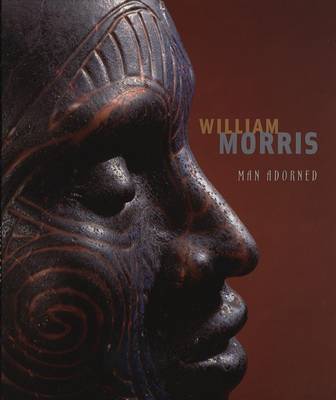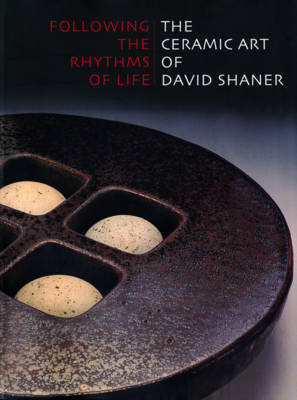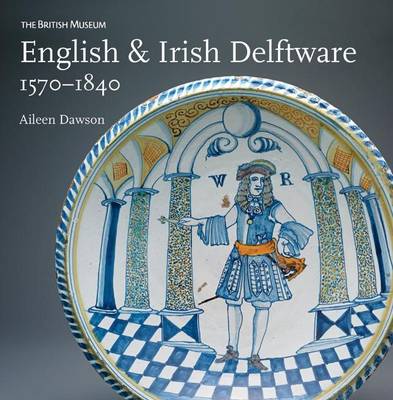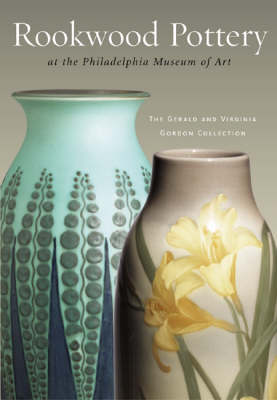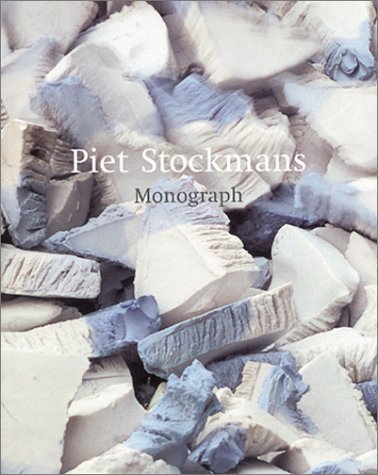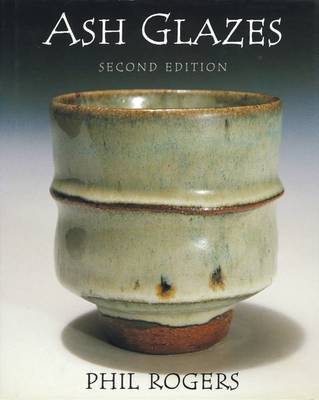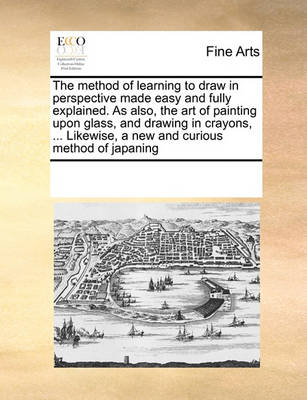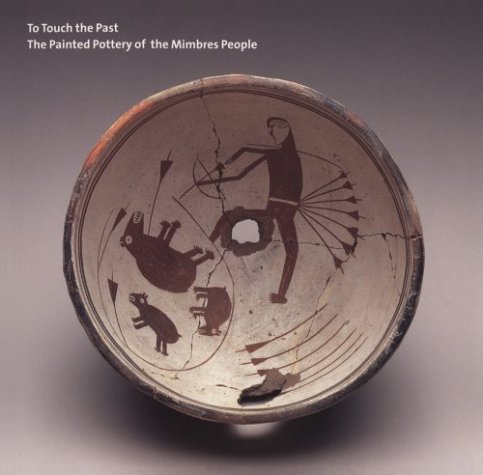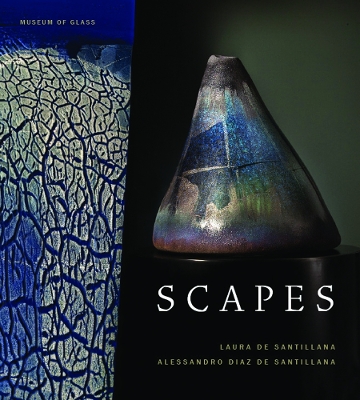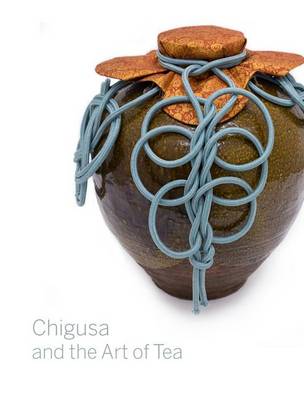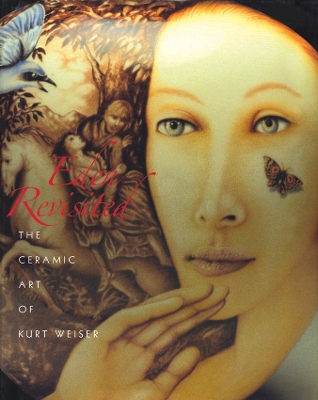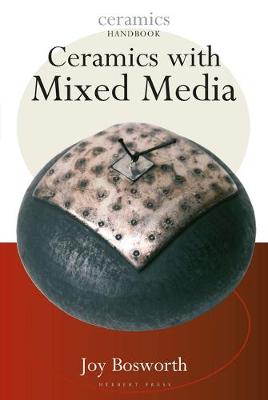Die Gesichtskrüge der römischen Nordwestprovinzen (British Archaeological Reports International)
by Franziska Doevener
The Zsolnay Manufactory represents a triumph of Hungarian applied arts, for during its heyday it produced elegant and innovative ceramics for an international clientele as well as architectural ceramics that embellished some of the finest public and private buildings in the Austro-Hungarian empire. This manual recounts the story of the 150-year-old company and presents numerous examples of its work, showing how its changing fortunes reflect the cultural, economic and political developments in Ce...
For thousands of years humans have adorned themselves. Adornment figures among the constellation of traits that signify the arrival of modern human behavior in the archaeological record. Werever they ventured, wherever they lived, people have made art and adorments to accompany them in life and death. In this book, artist William Morris celebrates this ancient and universal human quality and continues his exploration of the themes of origin and myth that permeate all his work. At first glance, t...
Tin-glazed earthenware has been made in Europe since the 15th century. In Britain, floor tiles and drug pots were made in Aldgate, London in the 16th century by immigrant potters from the Low Countries. In the early 17th century factories making dishes and other wares were set up in London close to the River Thames. Their products were initially much influenced by Chinese porcelain, as well as by Italian maiolica. Manufacture spread from London to centres such as Bristol, Liverpool and Dublin. K...
Using glass to explore a provocative range of artistic and intellectual concerns, Josiah McElheny (*1966 in Boston) produces dazzling fabricated objects that address such subjects as the nature of visual perception, the narratives of modernism, and the origin of the universe. Since 2007 he has produced a series of sculptures and a film inspired by The Light Club of Batavia, a 1912 text by German Expressionist writer Paul Scheerbart. This publication focuses on McElheny’s Light Club works, which...
Traditions céramiques Identités et Peuplement en Sénégambie (British Archaeological Reports International)
by Moustapha Sall
The Rookwood Pottery was probably the most famous company making art pottery in the United States in the late nineteenth century into the twentieth century, achieving an international reputation and consistently promoting artistic innovation. Proud that the pottery was "an artist's studio, not a factory," Rookwood Pottery is known for achieving exceptionally fine glazes and successful experimental designs. By assimilating the strengths of myriad aesthetic movements from the American Art Pottery...
Ash glaze, as the name suggests, is a glaze derived from ashes. The earliest such glazes can be traced back to the Shang period in China (c. 1500 B.C.), and it is thought they were produced accidentally, the result of white-hot wood ash being carried through the kiln with the draft of the fire and settling onto the pots, where the searing white heat melted it to a glass. Three thousand years later, wood ash remains an important and immensely popular feature of pottery glaze making. For the moder...
This book celebrates Scapes, a gloriously colorful, dynamic new body of work in glass imagined and executed by siblings Laura de Santillana and Alessandro Diaz de Santillana. In addition to having a family history anchored in the traditions of glassmaking in Murano, Italy, both are respected artists in the international Studio Glass movement and have enjoyed successful solo careers. This book celebrates their first collaboration.The art in Scapes is inspired by Hindu cosmology. Alessandro's glas...
This innovative book narrates the history of a single object—a tea-leaf storage jar created in southern China during the thirteenth or fourteenth centuries—and describes how its role changed after it was imported to Japan and passed from owner to owner there. In Japan, where the jar was in constant use for more than seven hundred years, it was transformed from a humble vessel into a celebrated object used in chanoyu (often translated in English as tea ceremony), renowned for its aesthetic and fu...
"Eden Revisited is the first full-scale monograph presenting a survey of one of America's most ingenious ceramic artists, Kurt Weiser. Shaped from his influential childhood experiences during the baby boom years, the artist demonstrated an early disposition for the visual arts, encouraged by his parents and teachers. While attending the Kansas City Art Institute, he became a protege of Ken Ferguson, a highly acclaimed ceramist and educator who quickly recognized Weiser's abilities and determinat...
Border Wares (Post-medieval pottery in London, 1500-1700)
by Museum of London
This practical handbook shows how to combine other materials with ceramics. Once a ceramic piece is finished it can be embellished or added to with a wooden or metal handle, glass stopper, or plastic or resin knob. Extra pieces can be glued on such as feathers, recycled materials (old tins etc.) or other bits of ceramic. Ceramics and Mixed Media examines the best methods of combining and fitting these materials together - including some inside the kiln. It covers the practicalities and specific...
'Lotte has told me that she is an insomniac, and at night she lies excitedly thinking of Loch Eribol, which is down-croft from her unslept in sleeping place. As the day before and the day-to-come races before her, she thinks about the extraordinary creatures she shares the croft with. They live under the surface of the water. There is a whole civilisation, she tells me, with a large bridge, and they have always been there, happily singing, stargazing and exploring, doing what creatures do. Thing...
The Bellarmine and Other German Stoneware III (Museum Collection, Part III)
by Alex Wright
